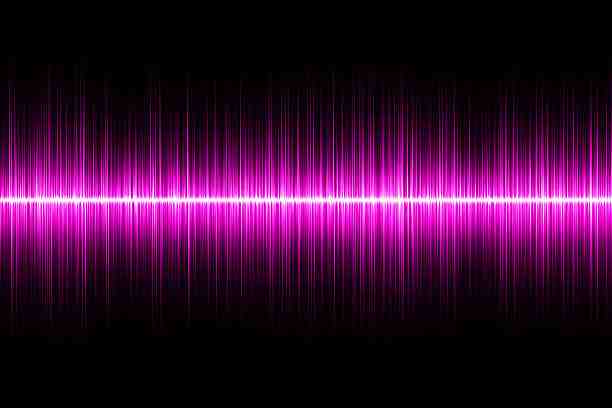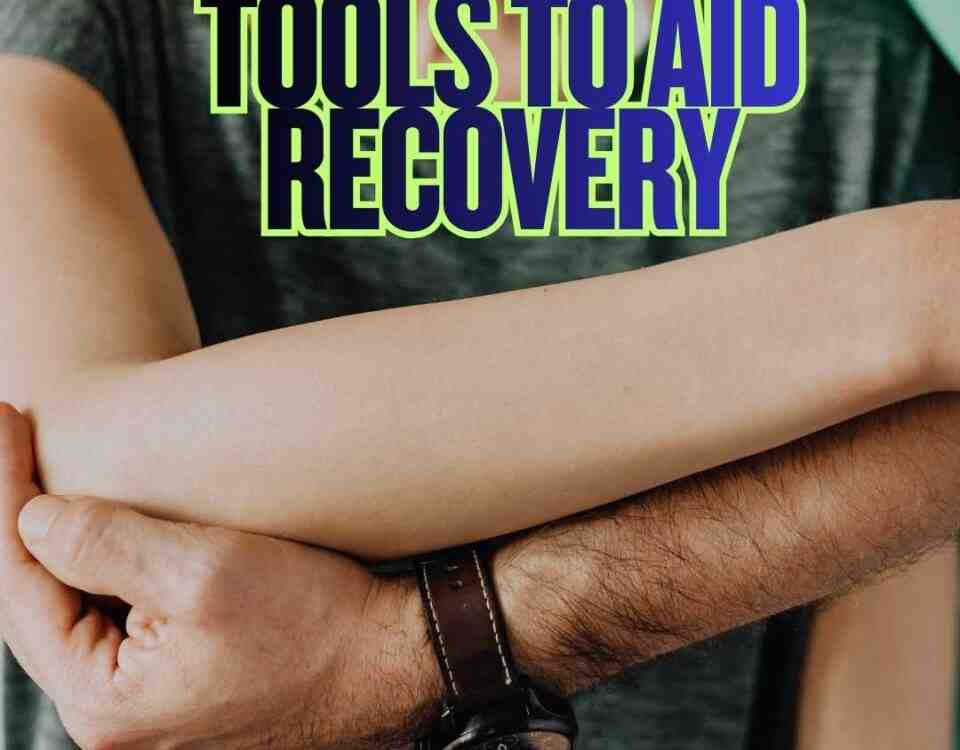Electric Muscle Stimulation (EMS) vs. Transcutaneous Electrical Nerve Stimulation (TENS) In Car Accident Recovery

Is Your Vision Blurred After a Car Accident?
April 25, 2025
The Use of Radiofrequency Ablation (RFA) in Treating Car Accident Injuries
April 25, 2025- Accident doctor
- accupuncture
- airplane headache
- alzheimer's
- best habits
- Brain Injuries
- car accident
- car accidents
- cervical strain
- colds
- concussion
- Concussions
- disc bulge
- dosage meds
- dry needling
- dull pain
- E bike injuries
- florida
- good posture
- headaches
- Headrest positions
- Headrest positions after an accident
- Healthy choices
- Healthy flying
- healthy gift guide
- Healthy SPring Ideas
- hip pain
- hyperextension
- injury doctor
- insurance
- Kayaking
- kentucky
- kids motion sickness
- lifestyle
- motion sickness
- neck injury
- no fault insurance doctor
- noise healing
- osteoporosis
- pain symptoms
- pink noise
- posterior chain
- posture
- prevent osteoporosis
- Rest
- Scoliosis
- shoulder pain
- Stress with kids after a motor vehicle accident
- TBI
- tips
- tmj
- torn muscle
- Traumatic Brain Injury
- trigger points
- VitaminD
- What are Post Traumatic headaches?
Electric Muscle Stimulation (EMS) vs. Transcutaneous Electrical Nerve Stimulation (TENS) In Car Accident Recovery
Car accidents often result in soft tissue and musculoskeletal injuries that can cause significant pain and impair mobility. Two popular therapeutic modalities used in the recovery process are Electrical Muscle Stimulation (EMS) and Transcutaneous Electrical Nerve Stimulation (TENS). While both involve the use of electrical currents, they serve different purposes and target distinct aspects of the body’s nervous system. Dr. Deryk Harting, a team member of one of the highest rated car accident medical care centers in Florida, explains the differences between Electric Muscle Stimulation and Transcutaneous Electrical Nerve Stimulation in car accident recovery.
Electrical Muscle Stimulation (EMS)
EMS, also known as Neuromuscular Electrical Stimulation (NMES), is designed to stimulate muscle contractions. This therapy mimics the signals sent by the brain to cause muscle contraction, targeting the motor nerves responsible for muscle activation. Here is how EMS therapy is beneficial after a car accident:
- Muscle Strength and Prevention of Atrophy: Following a car accident, some injuries may lead to reduced range of motion, causing muscle weakness or atrophy. EMS helps by keeping the muscles active even when voluntary movement is limited.
- Improved Blood Circulation: The repeated contraction and relaxation of muscles enhances blood flow, reducing swelling and speeding up the healing process.
- Muscular Reeducation: In cases where nerve damage affects muscle function, EMS can help retrain the muscles to contract properly again.
- Pain Reduction: Although primarily used for strengthening, EMS can also provide pain relief by promoting the release of endorphins, the body’s natural painkillers.
Transcutaneous Electrical Nerve Stimulation (TENS)
TENS, unlike EMS, primarily targets sensory nerves instead of muscular contraction and is used for pain management. It works on the principle of pain gate control theory by sending low-voltage electrical currents through the skin to interfere with pain signals being sent to the brain. Here is how TENS therapy is beneficial after a car accident:
- Pain Modulation: These low voltage impulses interfere with the transmission of pain signals, reducing the perception of pain.
- Endorphin Release: TENS stimulates the production of endorphins, providing natural pain relief without the use of medication.
- Inflammation Reduction: By improving circulation and reducing muscle spasms, TENS can help decrease inflammation and promote healing.
- Non-Invasive and Drug Free: TENS is a great alternative for patients who prefer non-pharmaceutical pain management options.
Key Differences Between EMS and TENS:
- Purpose
- EMS is primarily used for muscle strengthening, rehabilitation, and preventing atrophy.
- TENS is focused on pain relief and nerve stimulation to reduce pain.
- Mechanism of Action:
- EMS stimulates motor nerves to cause muscle contractions.
- TENS stimulates sensory nerves to block pain signals from reaching the brain.
- Sensation:
- EMS produces visible muscle contractions and may feel like a workout.
- TENS typically creates a tingling or buzzing sensation without muscle movement.
- Car Accident Application:
- EMS is useful for rehabilitating weakened muscles, improving circulation, and preventing muscle atrophy after injury.
- TENS is ideal for managing acute and chronic pain associated with injuries like ligament strains, muscle sprains, and radicular pain.
Before using EMS or TENS, it is important to consult with a healthcare professional, such as a medical doctor or chiropractor. They can evaluate the severity of injuries and determine if electrical stimulation is appropriate. Medical professionals can also rule out contraindications like the presence of a pacemaker as improper use of electrical stimulation can cause discomfort or potentially exacerbate certain conditions.
The decision between EMS and TENS depends on the type of injury and treatment goals. If muscle weakness or loss of function is a concern, EMS can be a valuable tool in rehabilitation. If pain management is the primary focus, TENS is the preferred choice. In some cases, devices that offer both EMS and TENS function can be prescribed, allowing for both pain management and muscle rehabilitation.
— This article is written by Deryk Harting, DC, one of the members of Chambers Medical Group’s team of car accident chiropractors who offer a variety of treatments and therapies ranging from diagnostic testing to various soft tissue therapies for car accidents and injuries in Florida.
- Car Accident Medical Clinic in Tampa
- Car Accident Medical Clinic in Plant City
- Car Accident Medical Clinic in Brandon
- Car Accident Medical Clinic in Lakeland
- Car Accident Medical Clinic in Sarasota
- Car Accident Medical Clinic in Louisville
- Car Accident Medical Clinic in Lexington
- Car Accident Medical Clinic in Florence




